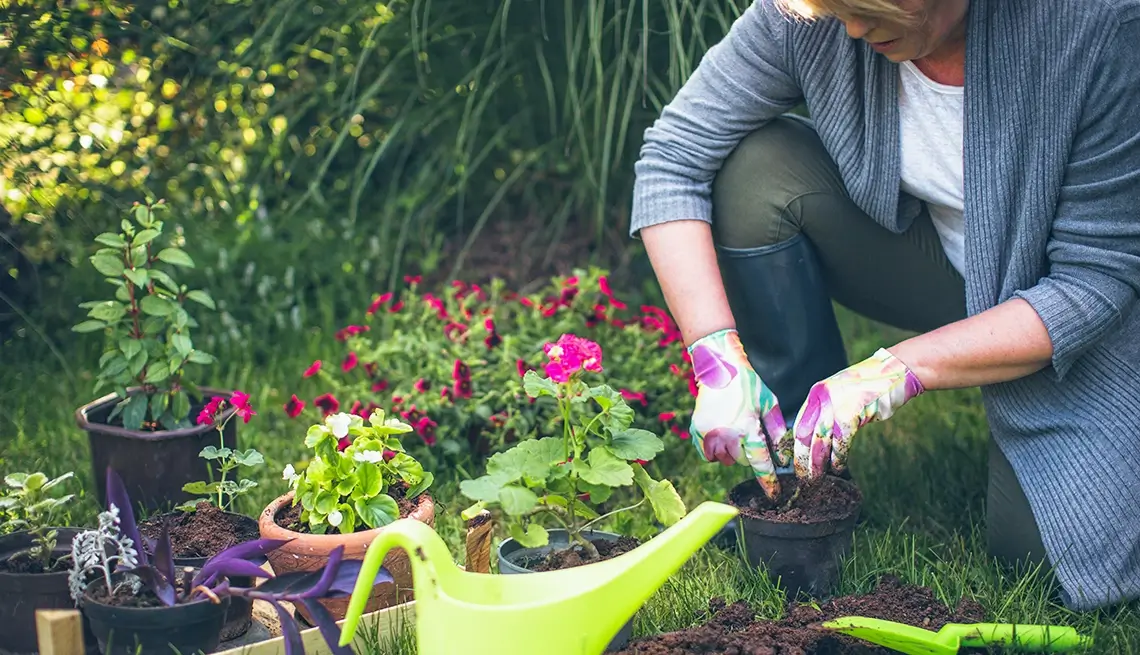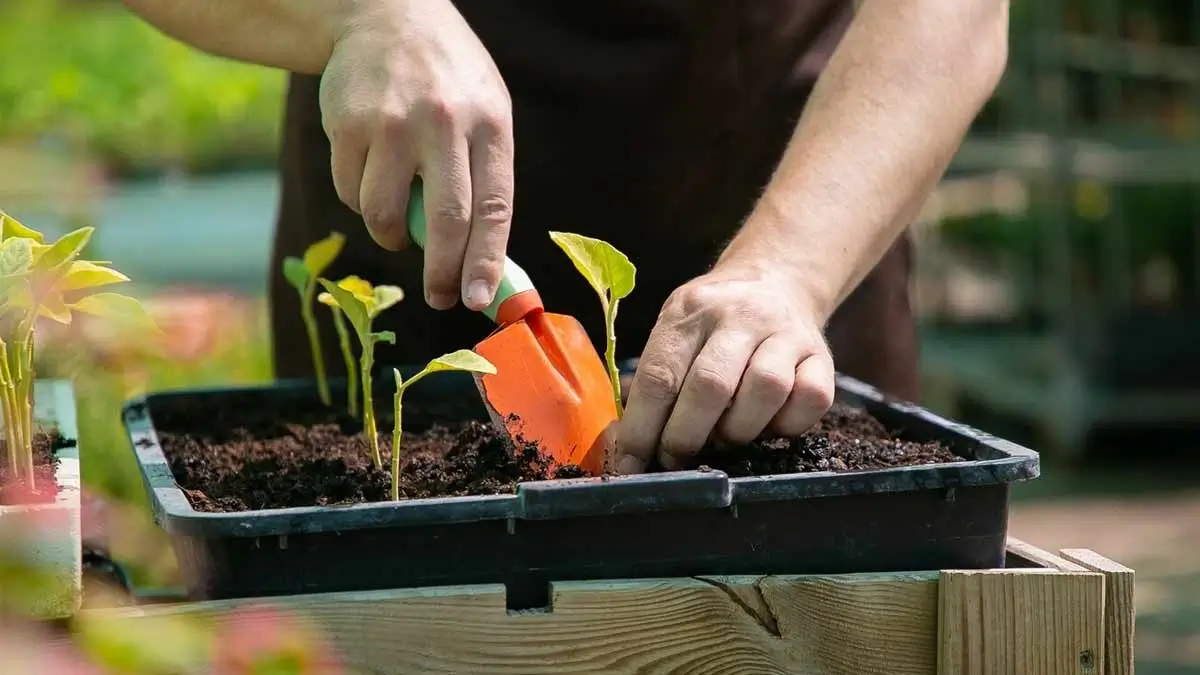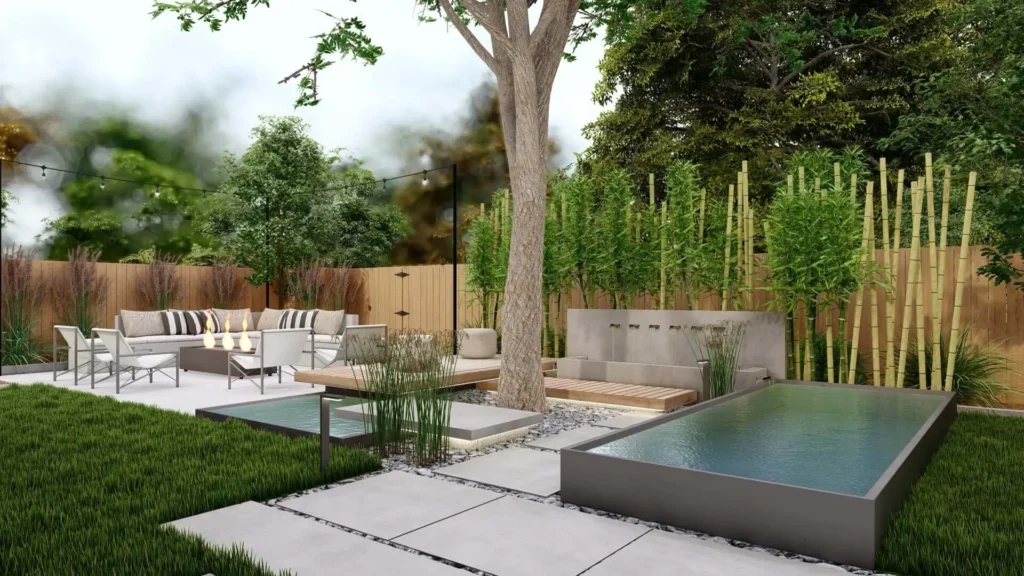Gardening is so much more than a hobby; it is a rewarding activity one can enjoy to establish affiliation, foster sustainability, and banish sombre thoughts. From the biggest backyard to the smallest one, growing your green space is sure to send your creativity into overdrive. In this blog, we will look at reasons why a person needs to garden, some important tips for preparing the amateur, and a few new ideas that will have your green thumb itching to get started.
Benefits of Gardening

1.Mental and Physical Health
Gardening is a great way to improve your mental and physical health. It allows a person to be around nature, reducing stress levels by the creation of mindfulness and, in some cases, relieving symptoms associated with anxiety and depression. Exercise is good for cardiovascular health, increasing energy, and suppleness as one digs, plants, and weeds.
2.Environmental Effects
Gardening does much good for the environment. By making your flora, you could be doing your part in lessening your impact on carbon emissions; therefore, promoting variety and helping out ecosystems in your area. Flora native to your area, habitats for pollinators such as bees and butterflies, will open the way for a healthier atmosphere.
3.Fresh Produce and Savings
Nothing beats the taste of fresh fruit and vegetables grown from your own garden. It might save you tons of grocery money and bring you literally closer to having organic produce at your fingertips. Plus, it is truly great to gather and enjoy what you cultivated!
Tips for a Beginner Gardener

1.Start small
If you are starting small, begin with a small plot or some boxes. This approach makes it easier to control and is less overwhelming. You will increase the size of your yard gradually very easily once you get confident and experienced.
2.Choosing the Right Plants
Choose plant types that are suitable to your climate and soil type. You could begin with hardy plants like herbs, such as basil or parsley, the greens like radishes or lettuce, or flowering varieties like marigolds and zinnias. Most of them are quite easy to grow and manage.
3.Know Your Soil
Healthy soil is the foundation for a lush lawn. Test your soil’s pH and nutrient levels and amend it with compost or organic matter to enhance its fertility and drainage capacity. This tip alone could help your flora thrive.
4.Water Wisely
Develop a regular irrigation schedule based on the needs of your flora. Generally, irrigate early in the morning, at a time when evaporation rate is low and chances for the growth of fungal diseases are minimized. Drip irrigation devices and soaker hoses may be helpful in improving efficiency.
5.Patience and Observation
Gardening is an adventure of patience wherein one takes note of his or her vegetation and learns from his or her successes and failures. The new season brings more learning, so disasters should not turn a person off; they are just part of the process!
Creative Gardening Ideas

1.Vertical Gardening
If space is a limiting factor, remember vertical gardening. Wall planters, trellises, or striking pots can make the most of your growing space. This method no longer saves area but also provides visible interest for your garden.
2.Companion Planting
Improve your lawn’s health via practicing associate planting. Certain flora thrive while grown together, as tomatoes do with basil or carrots do with onions. This technique can deter pests and enhance yields.
3. Create a Pollinator Garden
Dedicate part of your yard to plants that support pollinators. Such flowers as lavender, echinacea, and sunflowers support local ecosystems and decorate your space.
4.Herb Spiral
Design an herb spiral—a type of vertical garden design suitable for spaces maximizing and various growing environments. In this design, a number of microclimates can be formed, which is perfect for growing a wide diversity of herbs.
5.Sustainable Practices
Incorporate some of the gardening practices that will achieve sustainability, including composting food scraps, rain barrels for irrigation, and choosing heirloom seeds. These techniques reduce waste and ensure a much cleaner environment.
Conclusion
Gardening is one rewarding enterprise that is good not only for the plants but also for us and the environment. Whether you are cultivating small herbs for your windowsill or doing vegetable gardening, the feeling of things growing on their own is unmatched. So, get on with those gloves, get down to it, and enjoy the many different benefits that you derive from gardening. A little persistence and creativity, and voila!—any setting will turn into a green haven.




Pingback: Seasonal Gardening Guide: Plant Success Year-Round – Dreams for Stories
Pingback: Gardening Formula Growing a Sustainable Garden